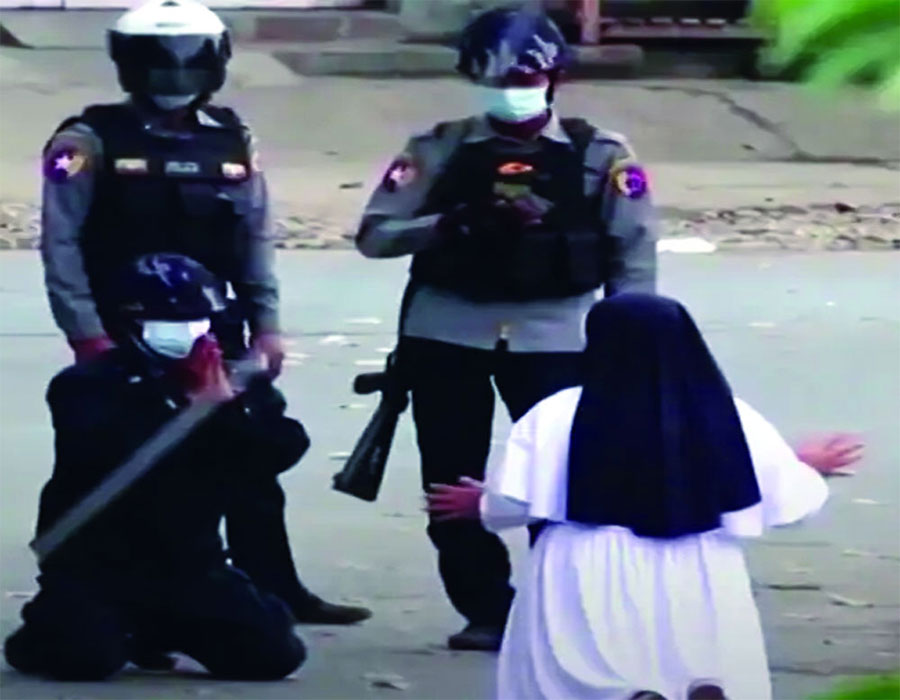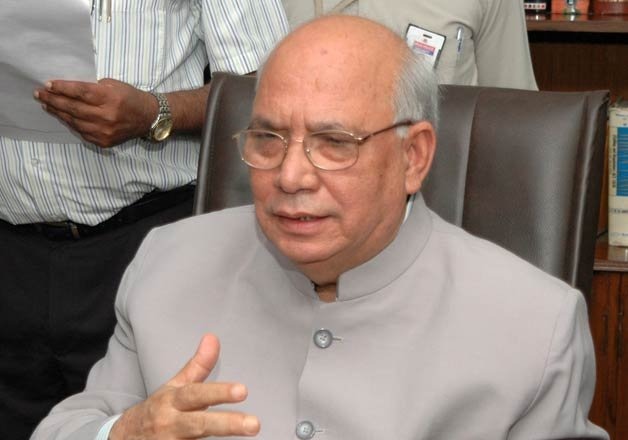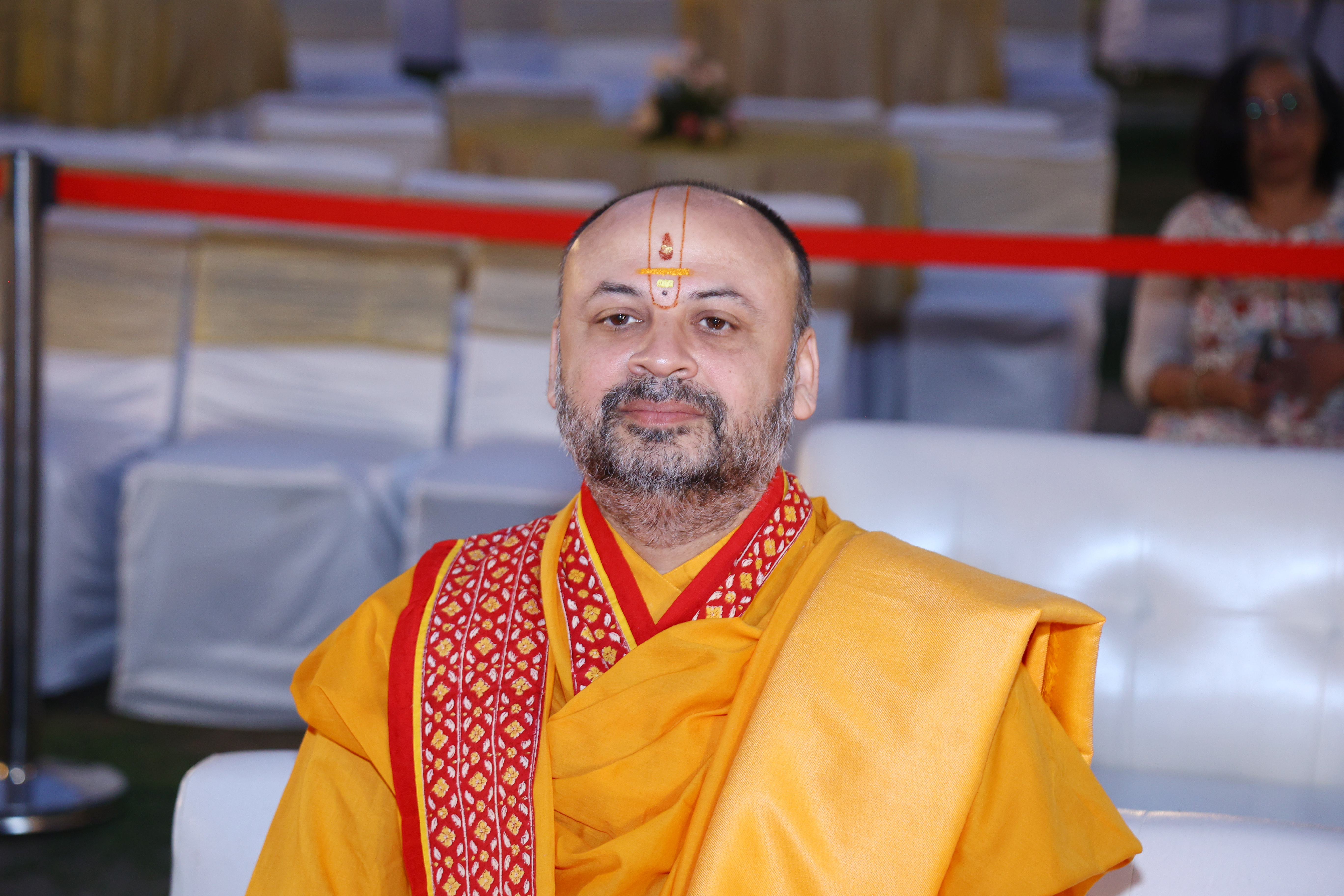Poignant images of a nun trying to save protesters in Myanmar tell a story, as all great pictures do
There are extraordinary moments in history that etch themselves on film rolls, from where they are conveyed by sight to the mind and leave a lasting imprint. But such instances are separated by years, or even decades, for catching these on film is a matter of perfect timing, positioning and an element of luck. One such picture has recently surfaced from the north Myanmar town of Myitkyina, where large-scale protests are taking place against last month’s coup by the nation’s military. It shows a nun sitting on her knees in the Buddhist-dominated country, pleading with the heavily armed police to stop shooting the unarmed protesters. Identified as Sister Ann Rose Nu Tawng, she is seen speaking to two policemen who are also kneeling in front of her, apparently in deference. Ultimately, however, she did not succeed. But that’s just the backstory; our focus here is how powerful images of even everyday, mundane incidents can have a wide-ranging impact in shaping global opinion about an issue.
There are several cases in point. Who can forget Raghu Rai’s iconic picture, ‘Burial of an Unknown Child’, which brought the horrors of Bhopal’s midnight gas tragedy in full focus of the world? Ditto, the ‘Tank Man’, which is the nickname of an unidentified Chinese man who challenged a column of tanks in Tiananmen Square in 1989. Then there are the heart-rending images of three-year-old Syrian boy Alan Kurdi, lying face down on a beach after drowning in the Mediterranean Sea in the hope of getting asylum in Europe. But the most hair-raising and distressing of these tales belongs to Kevin Carter, who shot ‘The Vulture and the Little Girl’ in Sudan and won the Pulitzer Prize for Feature Photography in 1994. The picture showed a vulture waiting patiently for the frail, famine-stricken child (it was known later that it was a boy), collapsed to the ground and with face pressed to the scorching earth, to die so that the bird could feast on it. Depressed, Carter took his own life four months after winning the Pulitzer but the boy is reported to have eventually survived. In this age and time when people don’t have the time, inclination or attention to go through articles in the long form, however beautifully these may be written, an expressive picture is worth a lot more than the space it is printed on or the pixels it comprises. After all, they don’t say “a picture is worth a thousand words” for nothing.








 OpinionExpress.In
OpinionExpress.In















Comments (0)